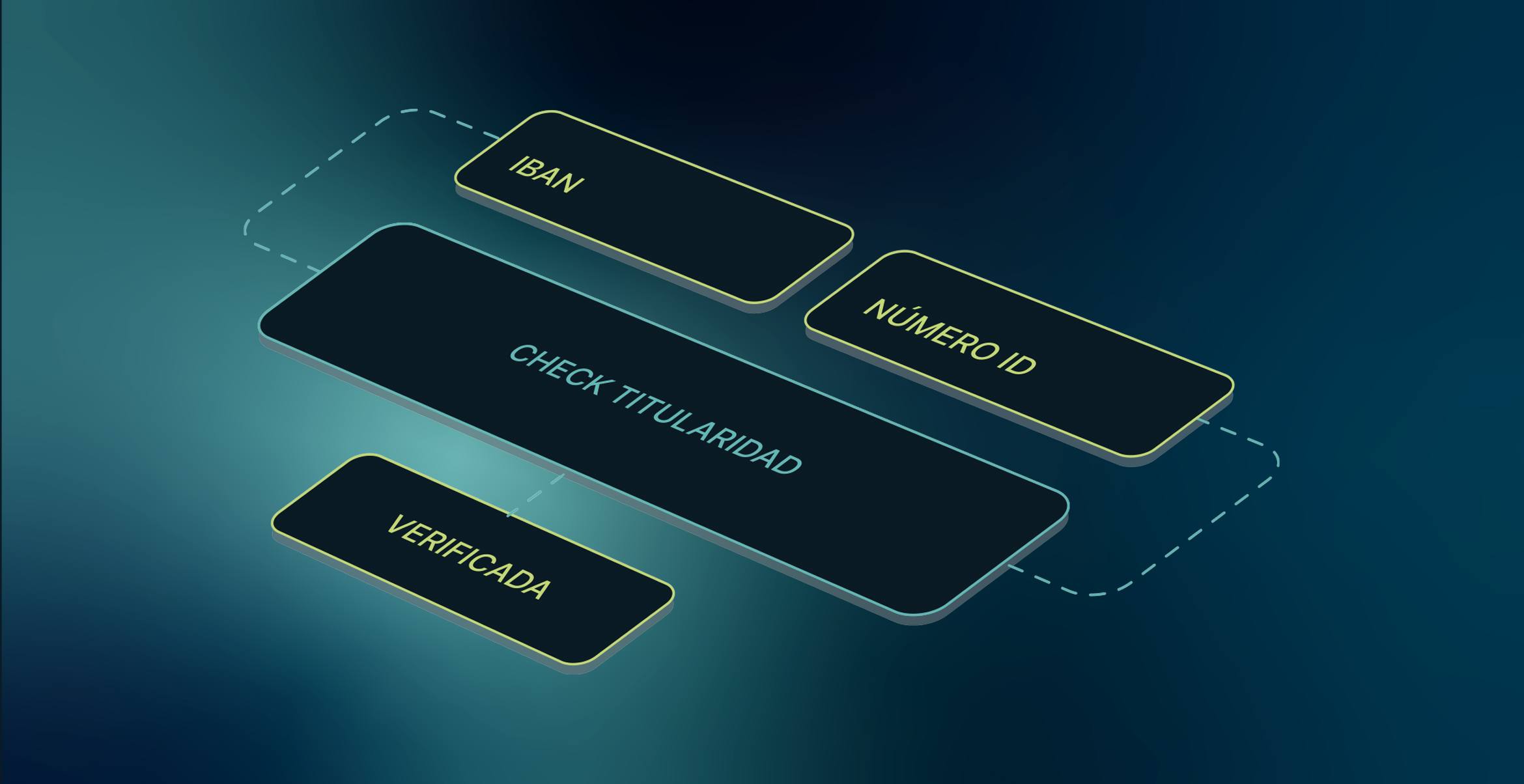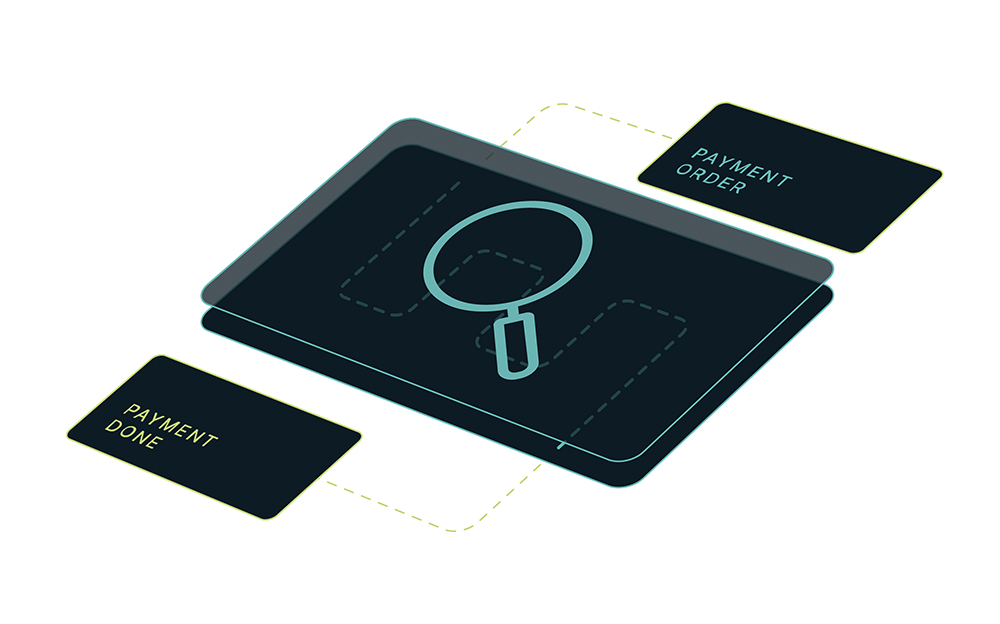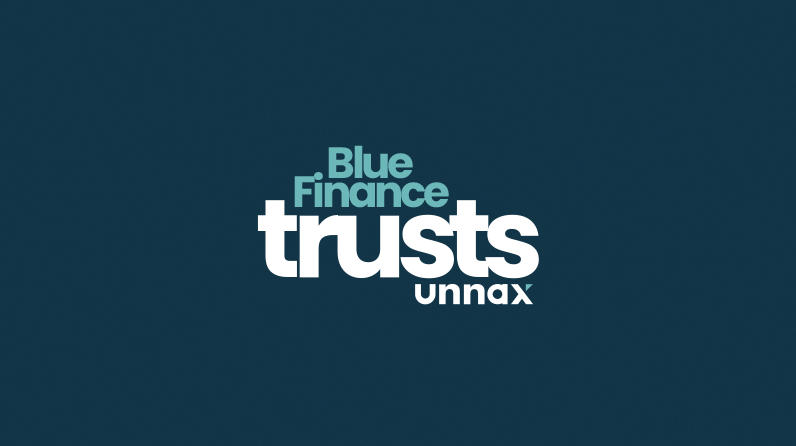PSD2 continues to be a gamechanger across Europe. As the follow up to 2007’s first payment services directive, the rules governing the payments industry are now more aligned for our increasingly connected world. Although the directive applies primarily to payment companies, no industry stands to benefit from PSD2 more than e-commerce.
E-commerce, in itself, is wide-ranging. While we tend to associate the industry with behemoths such as Amazon and Zalando, its scope is significantly broader. Online travel agencies, websites selling sporting and event tickets, and even food delivery apps all fit under its umbrella.
As with Open Banking, the impacts of PSD2 on the e-commerce industry are far-reaching. On the one hand, PDS2 is bringing much-needed clarity to the area of online payments. On the other, it is also adding confusion to some areas of e-commerce and presenting new obstacles for merchants to overcome. Here are ten ways we see PSD2 fundamentally changing the world of e-commerce payments.
1. Cardless payments
Historically, consumers needed a physical payment card to make purchases online. Payment service providers preferred working with credit cards thanks to the universal acceptance of Visa and MasterCard. However, some consumers choose not to use this payment method, effectively blocking themselves from making purchases online.
With PSD2, this all changes. Consumers can now make ‘cardless’ payments by linking their bank account directly to the merchant’s. Now, ‘credit-card adverse’ consumers can participate in the growing world of e-commerce, which translates to more people shopping online.
2. Safer, faster payments with direct bank transfer
The first payment services directive created the Single Euro Payments Area, or SEPA, standardized bank transfer protocol. The change had far-reaching consequences, as all transfers across the European block followed a unified format. As a result, transfer costs plummeted while efficiencies increased.
As we mentioned in our previous point, customers can now link their bank account directly to that of the company or individual they are buying from. On top of creating more sales opportunities, directly linking bank accounts has other benefits. SEPA transactions settle straight into the merchant’s account within two business days (compared to weeks with payment cards). There are also no card processing fees with direct bank transfers, increasing margins for merchants. Finally, costly chargebacks disappear as the e-commerce vendor and customer can settle disputes without the issuing credit card company intervening.
3. More choice in payment providers
PSD2 transformed the online payments industry by leveling the playing field. Before its release, banks and well-established payment service providers dominated the market. Innovation was stifled, and e-commerce companies often had to look towards multiple solutions to serve a pan-European audience.
Now, Fintechs and third-party providers (TPP) have the same rights as banks and traditional payment processors. Furthermore, any payment company can operate across the union with minimal regulatory overheads. As a result of the above, merchants can now choose the right e-commerce payment provider for their needs, instead of having to choose one from a range of very few dominant providers.
4. Better risk-scoring for big-ticket purchases
E-commerce allows merchants to sell more products with less physical retail space. For higher-value transactions, where the customer uses financing, PSD2 offers merchants an added layer of risk protection via an account information service provider (AISP).
With the customer’s consent, an AISP can aggregate their personal payment history. The resulting data allows any e-commerce merchant to assess specific risks for each (potential) customer. In turn, the merchant can assign a customized credit score to each client. A typical application of this technology would be for an e-commerce company to integrate a dedicated risk scoring provider into its payment flow for fractioned payments requiring financing.
Having access to this knowledge enables e-commerce companies to make better business decisions. For example, they can match buyers with loans that have more suitable terms for them. In some cases, this data can actually prevent companies from making large, credit-driven sales with high-risk customers. This functionality is particularly important for e-commerce businesses, who cannot carry out KYC checks in person.
5. Reduction in fraud due to SCA
SCA or “strong customer authentication,” is one of the pillars of PSD2, mandating strict guidelines for payment authentication at the purchaser’s side. Here’s how it works:
When an online shopper goes to checkout, he or she will enter a payment method. Before the merchant can accept the payment, the customer must identify themselves using multiple identification factors. Under the PSD2 SCA guidelines, the merchant must confirm two of three authentication indicators belonging to the client. These are something that the customer:
- Knows: such as a PIN or a password;
- Possesses: like a phone with a verification app or an electronic token;
- Is: like a fingerprint or retina scan.
The logic behind these checks is to prevent ‘true fraud’ — where someone uses another person’s payment card without authorization. As any e-commerce merchant will attest, “true fraud” has been a growing problem over the past decade. While SCA won’t eliminate it (nor address ‘friendly’ chargeback fraud), it will significantly reduce overall fraudulent activity.
6. SCA-induced friction
The flip side of SCA is that it adds an extra step in the conversion process. Ask any e-commerce marketer and they’ll tell you that minimizing payment friction and decreasing shopping cart abandonment are their two greatest challenges. According to a recently-released report by 451 Research, SCA-related friction could result in €57B in abandoned sales during its first year. All merchants will undoubtedly feel this pain.
These extra authentication steps will unquestionably add a potentially costly barrier at checkout. Consumers will most likely need to pull out their phones (or even worse – go across the room to pick it up) or log onto their bank’s website to complete e-commerce payments. To maintain their current growth rates, online retailers and the industries supporting them must adapt to these changes.
7. Global reach with one framework
Like the omnipresent GDPR directive, PSD2’s reach extends outside Europe’s borders. For the European consumer, this adds valuable protection when interacting with merchants outside of the EEA.
David DeCorte, Fintech writer, explained in Business 2 Community that merchants based outside Europe who are looking to tap into the world’s largest free-market benefit greatly from PSD2. Since the directive applies to all markets in the EU, non-EU e-commerce vendors only have one standard to comply with. While it is not the only factor to consider when going global, payment compliance remains a very important part of e-commerce.
8. No more processing fees for retail transactions
PSD2 eliminated surcharges for retail consumers when using payment cards online. Before the directive, both physical and online merchants could pass the processing fee onto the consumer. This fee varied in amount, depending on the payment method chosen, but could sometimes be more than 2.5% per transaction.
Merchants must now absorb this fee into their overall costs, regardless of how much it costs them. For many online merchants, their business model hinges on higher turnover of smaller-margin sales to beat their physical competition. While the elimination of payment fees of PSD2 is beneficial to consumers, it forces e-commerce firms to become leaner.
Fortunately, merchants have the tools to eliminate transaction fees almost completely by using direct bank transfer payments. As we mentioned above, payments with this technology bypass credit cards altogether by moving money directly from the shopper’s bank account to the merchant’s. If the merchant has a network of destination accounts with high bank coverage, the payment can be routed to a bank account that matches the shopper’s bank. By doing this, the transfer will go through in real-time and there will be no transaction fee added on.
9. The number of payment relationships to manage increases significantly
Before PSD2, e-commerce companies could work with only one or two gateway providers, who adequately served the payment needs of their customers. Now, with the payment landscape changing, merchants will need to accept as many different methods as possible. If you’re thinking to yourself, “this sounds like a logistical headache waiting to happen”, you’d be right.
Patching together APIs and other data connections to enable PSD2-compliant e-commerce payments will give even the most experienced IT departments a migraine. The problem only becomes worse as a company expands internationally. To overcome these daunting obstacles, many firms are increasingly investing in aggregation services, which provide a simplified layer through which they can manage all their digital banking relationships.
Conclusion
PSD2 is radically transforming e-commerce payments. While merchants largely welcome many of these changes, there are also new problems for them to solve. Customers who hesitate to incorporate credit cards in their wallets will join millions of other happy online shoppers. Non-EU-based merchants benefit from one set of payment rules to follow when entering the EU market. The ability to perform multi-factor identification via CSA should lower fraud rates, even if it adds an extra layer of friction at checkout. If a merchant uses an account information service provider, they will gain valuable insights into their clients’ financial activity, helping them make better business decisions.
With a more extensive choice, merchants will also have to reconcile the difficult task of connecting to many different banks and payment systems at once. These challenges pose a serious obstacle to effectively operating in a PSD2 world. Unnax is ready to help e-commerce companies overcome these hurdles. As a leader in Open Banking solutions, our scalable payment initiation solution enables online merchants to use direct bank transfers with their clients in full compliance with PSD2, and to create complex payment architectures that automate money movements.
While we do not know its full impact yet, PSD2 is fundamentally changing e-commerce payments in Europe. Mastering this process is a crucial task for all e-commerce companies, but it also offers new opportunities in the realm of payment. One thing is clear: the tools that e-commerce businesses use to navigate the new PSD2-regulated landscape will significantly influence their future success.







